Choosing somewhere for your baby to sleep is exciting and given that they are (hopefully) going to be spending a lot of time there in their first few years, it’s important that it’s safe, functional, and comfortable.
We take a look at the key things you should consider when choosing the perfect sleep spot for you baby.
Safety
In New Zealand, all cots sold must comply with the safety requirements of the National Standard AS/NZS 2172:2003 (with amendments).
There are a number of safety requirements that apply to all cots sold, be they new or second-hand. The safety requirements help to reduce the risk of injury to babies and young children. Household cots must meet certain design and construction requirements, and pass impact, strength and durability tests.
- The cot must be more than 600mm deep
- The mattress must fit the cot firmly
- Spaces between the bars of the cot must be between 50mm and 95mm
- The four corner posts must not stick up more than 5mm
- The drop-side catches must lock securely
- Screws and nails must not stick out
- Cot ends must not have fancy cut-outs
- There must not be any bars, ledges or other footholds that an infant can use to climb out of the cot
- The base of the cot must be firm, with no parts to collapse or bend when pushed down
If you are purchasing a second-hand cot you need to check that all of the above apply, taking extra care to ensure the corner posts protrude no more than 5mm. You can cut off the posts but make sure the cut piece is left smooth. In addition you need to ensure that the paint used on the cot is not lead-based.
Sides that drop or not?
Drop-side cots or cribs feature one side that slides down. These cots have been banned in the USA and Canada after defects were found, In Europe, safety standards require the drop-side to lock in the lower position. Drop-side cots are used in New Zealand but must comply with product safety requirements.
Advantages to having a drop-side cot include making it easier to pick up your baby or place them in their cot, especially if you are not tall or have back issues. It’s also easier to change the bed linen.
However, it’s worth noting that the moving parts can become worn or loose over time, which is a safety concern. Drop-side cots are often more expensive and can be less sturdy than fixed-side cots and are becoming less popular so often there is a limited choice. Finally, dropping the side with just one hand can be more tricky on some models.
Teething rail
A teething rail is a protective plastic coating around the top edge/s of the cot. It prevents your baby chewing on the wooden slats of the cot and damaging them.
Convertible
Some cots have the ability to be changed up as your child grows to give you options to use it as a cot, day bed or toddler bed. These options come in handy as your child grows and be useful as you transition your child to a big bed.
Adjustable base
An adjustable bases means you can start with the base quite high for a newborn or baby, and then as they start to become mobile and pull themself up, you can lower the base. This alleviates the need for a drop-side.
Cot or bassinet / wahakura?
While cots can be used from birth, some parents choose to purchase a bassinet or wahakura (woven bassinet) for their babies.
Bassinets are ideal for newborns to around six months old as they’re smaller and can be easily moved or carried around the house. As with your cot, ensure that there are no gaps between the mattress and the wall of the bassinet or wahakura.
See more:
This article was written for Kidspot New Zealand with information supplied by Farmers.

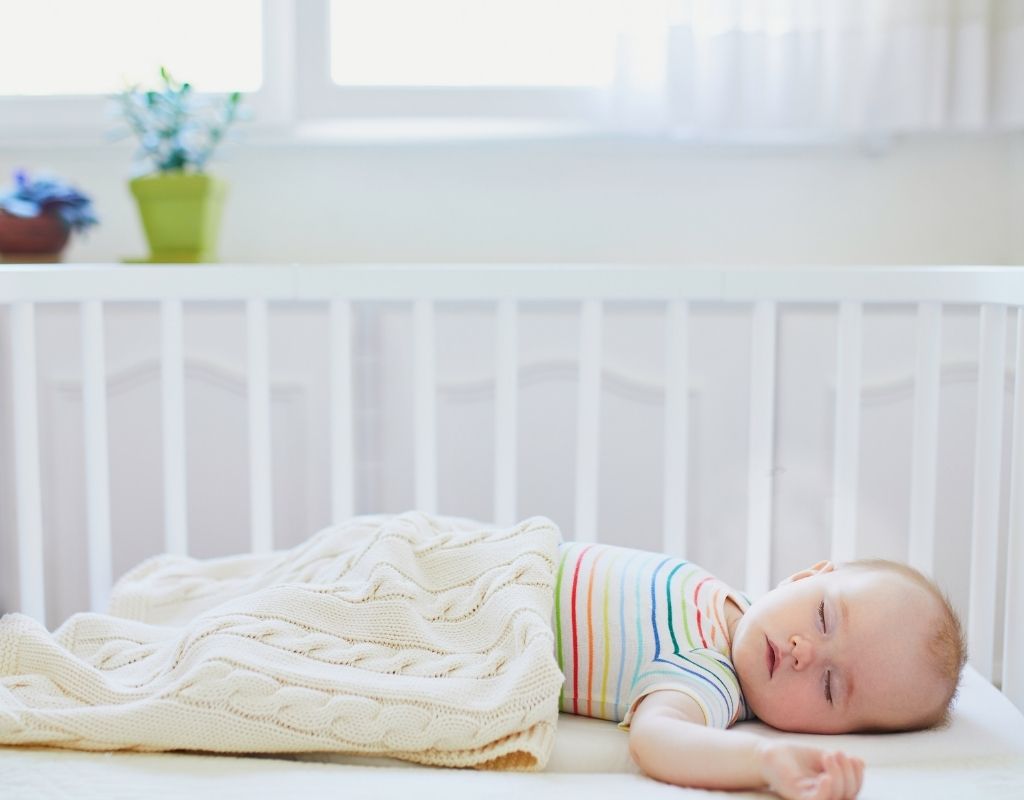
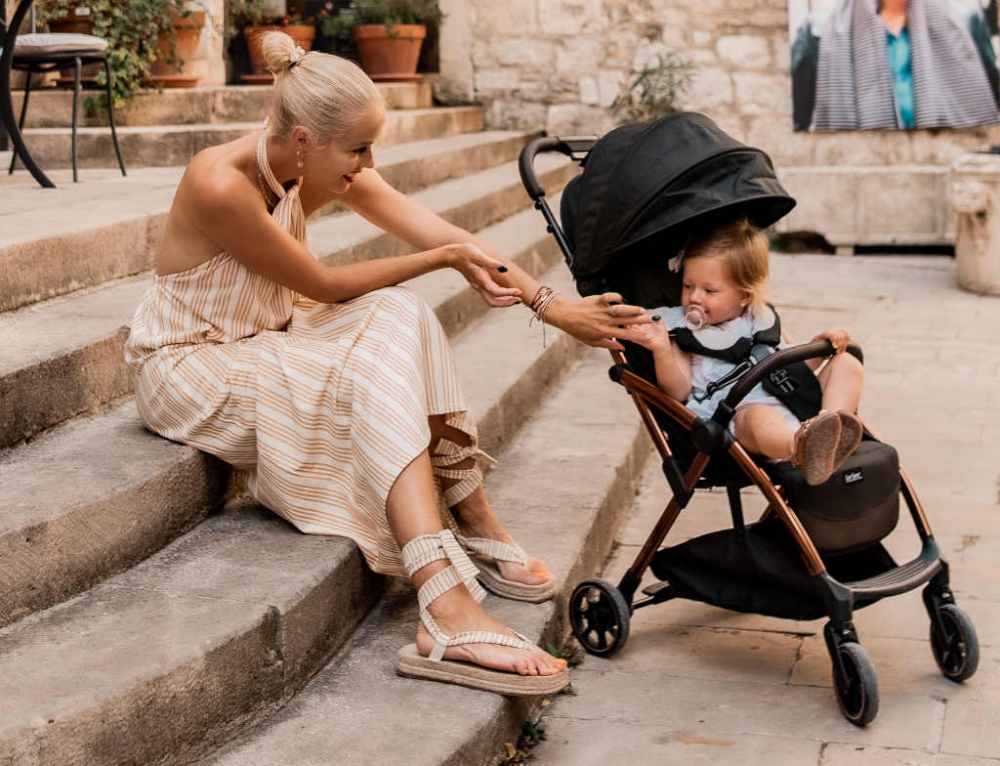
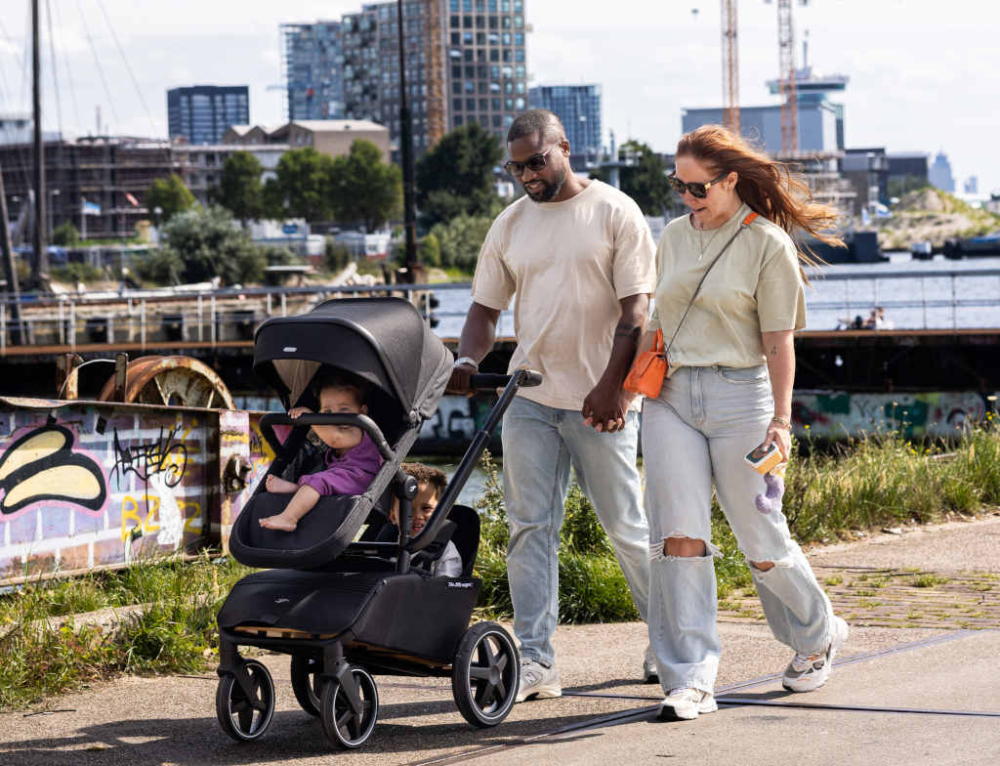

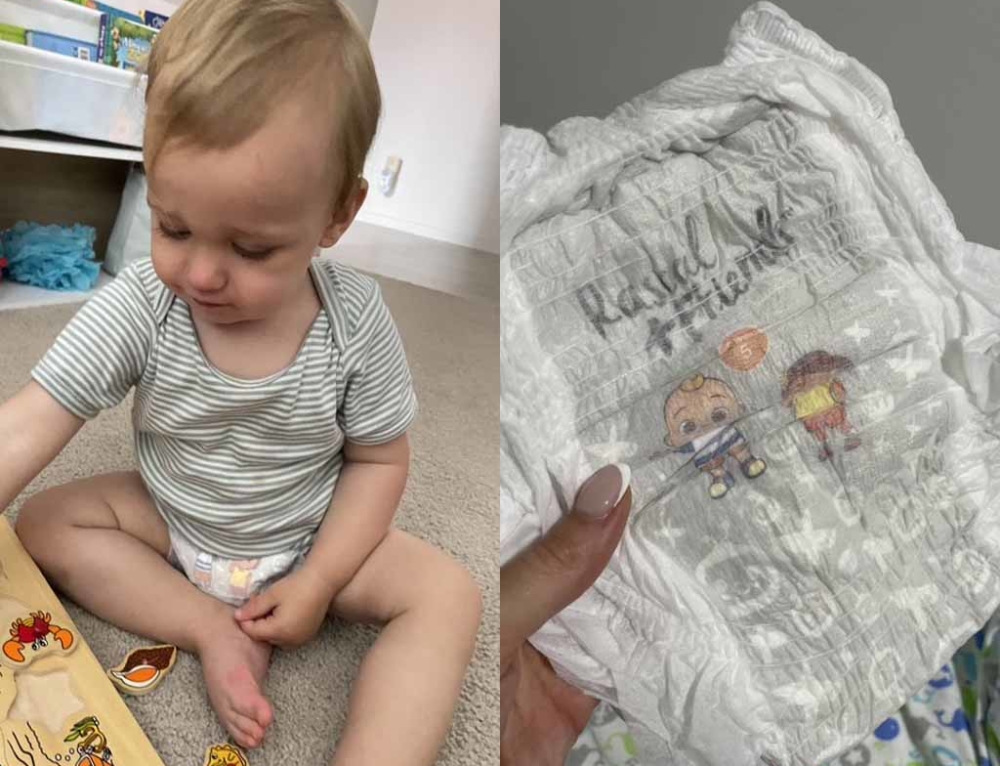
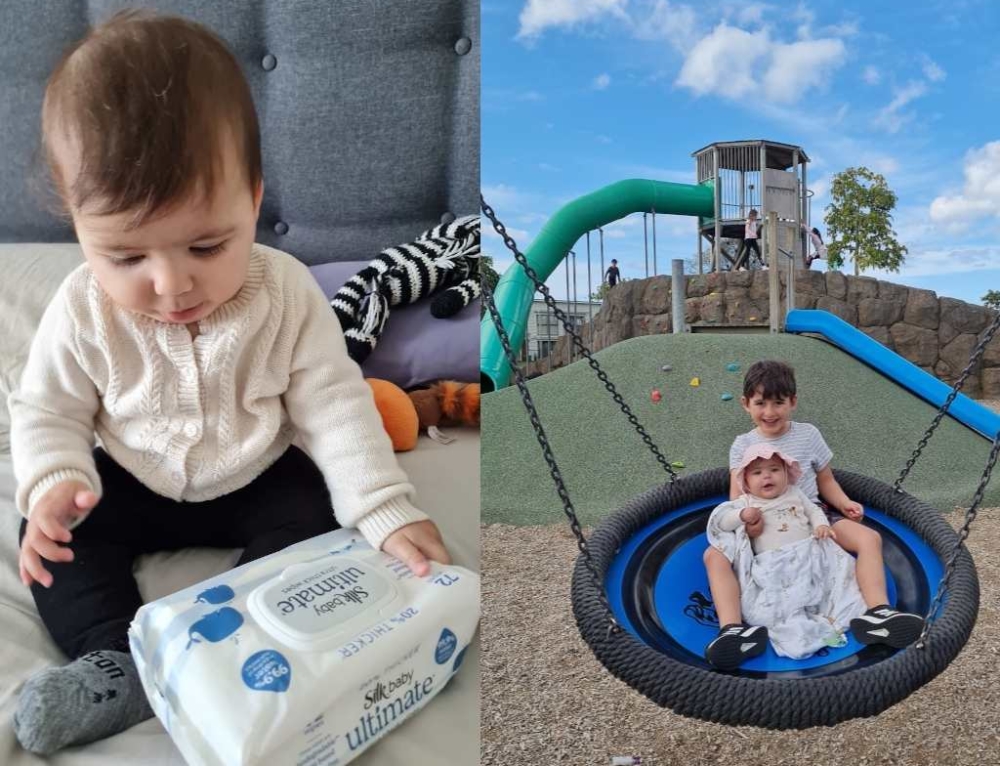
Leave A Comment
You must be logged in to post a comment.